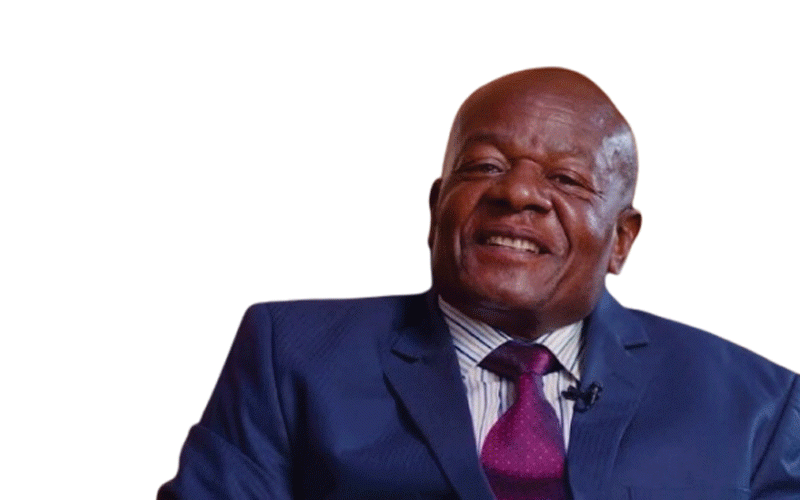
In a world where headlines can move markets in minutes, the recent ceasefire between Iran and Israel has sent a wave of relief through global financial markets.
For months, escalating tensions in the Middle East rattled investors, pushed oil prices higher, and injected uncertainty into everything from currencies to equities.
But with the guns now silent—at least for the moment—stocks from New York to Tokyo have surged, and risk appetite has returned.
As a Zimbabwean investor or trader, you might wonder: What does this mean for me?
Should I jump into the rally, take profits, or wait for the dust to settle? In this article, I’ll break down what’s happening, share what I’m personally doing, and offer some practical insights for navigating this new environment.
Remember, this is for educational purposes only—I’m sharing my own approach, not telling you what you must do. Investing and trading always carry risks, so make sure to do your own research and consider your personal circumstances before making any moves.
The Middle East has always been a critical region for the world economy.
Not only does it produce a significant share of global oil and gas, but its geopolitical stability (or lack thereof) can influence everything from commodity prices to investor confidence.
- Manchester City win Premier League title on astonishing final day of season
- Pogba tipped to join Spanish giants
- Erik ten Hag: Manchester United appoint Ajax boss as club’s new manager
- Gaza ceasefire 'closer than ever' as sides work on final details
Keep Reading
When tensions flare, oil prices tend to spike, which can increase costs for businesses and consumers worldwide.
Conversely, peace or even a temporary ceasefire can calm markets, lower energy prices, and boost equities as investors feel more comfortable taking risks.
That’s exactly what we’ve seen in the past week.
The announcement of a ceasefire between Iran and Israel immediately sent oil prices down by over 7%, and global stock indices—including the S&P 500—rallied to new highs.
The relief was palpable: Investors who had been sitting on the sidelines or hedging their bets rushed back into equities, and even emerging markets saw inflows.
The S&P 500 and global stocks: Riding the relief rally
The S&P 500, which had been under pressure during the worst of the conflict, is now up 3.77%
Year-to-Date as of time of writing this article (June 25,2025). Other major indices in Europe and Asia have also rebounded.
This is not just about oil—when geopolitical risks subside, investors tend to rotate out of “safe havens” like gold and US treasuries and back into stocks, especially those with strong fundamentals and global exposure.
For Zimbabwean traders and investors, this environment presents both opportunities and risks.
On one hand, the rally can create momentum and quick profits for those who are positioned well.
On the other, it can be tempting to chase gains or ignore underlying risks that haven’t disappeared entirely. As always, it’s important to stick to a disciplined approach.
What I’m doing: My personal framework
Let me be clear: I don’t try to time the market or predict the next headline.
Instead, I follow a framework that has served me well through both calm and stormy times. Here’s what I’m doing right now, and some of the results I’ve seen:
Buying undervalued, fundamentally strong businesses
I continue to look for publicly listed companies that are trading at a discount to their intrinsic value.
This means focusing on businesses with strong balance sheets, consistent earnings, and competitive advantages.
When the market dropped in April, I was able to pick up several quality stocks at bargain prices.
Some of these positions have already delivered solid gains, and I’ve locked in profits where it made sense.
Swing trading and taking profits
While I invest for the long term, I also swing trade—taking positions for days or weeks to capitalise on short- to medium-term moves.
My rule is simple: When I see a profit, I take it. I don’t get greedy or try to squeeze every last dollar out of a trade.
This approach has helped me avoid major drawdowns and keep my portfolio growing steadily.
Using options for income and risk management
One of my favourite strategies is selling cash-secured puts (CSPs) on stocks I’d like to own.
This allows me to generate income while potentially buying quality companies at even lower prices.
So far this year, I’ve made significant profits using CSPs, and it’s a strategy I continue to employ in this market.
For those new to options, it’s important to start small and understand the risks, but it can be a powerful tool for disciplined traders.
Not chasing the market
I don’t chase rallies or try to predict when the next correction will come. Instead, I stick to my framework: buy value, manage risk, and take profits when they’re available. This has helped me avoid emotional decisions and stay focused on my long-term goals.
Tracking my perfomance
For those interested in following my journey, I’m sharing regular updates on my YouTube channel, Streetwise Economics here.
I have set a personal challenge to grow one of my trading accounts and beat the S&P 500 this year.
So far, I’m up over 53% year-to-date, compared to the S&P 500’s 3.77% gain. I break down my trades, thought process, and lessons learned—so be sure to subscribe for more insights and real-time updates.
What Zimbabwean traders and investors should watch next
- Volatility isn’t over
While the ceasefire has brought relief, the situation in the Middle East remains fragile. Any flare-up could send oil prices and markets swinging again.
Keep an eye on news headlines and be prepared for sudden moves.
- Focus on fundamentals
In uncertain times, quality matters. Look for companies with strong financials, real earnings, and sustainable business models. Avoid chasing speculative stocks just because they’re moving fast.
- Diversify your portfolio
Don’t put all your eggs in one basket. Spread your investments across sectors and geographies.
This helps cushion your portfolio against shocks in any one area.
- Consider currency risks
For Zimbabwean investors, currency fluctuations can have a big impact on returns. If you’re investing in US or global markets, be mindful of how the Zimbabwean dollar (ZiG) or US dollar movements affect your portfolio.
- Start small, learn fast
If you’re new to trading or investing, start with small positions and focus on learning. Use demo accounts, follow educational content, and don’t rush into big bets.
Lessons from the rally: My takeaways
Stick to your process: Don’t let headlines or emotions drive your decisions. Have a plan and follow it.
Take profits: Don’t be afraid to lock in gains, especially after a strong rally. Markets move in cycles.
Keep learning: The best traders and investors are always learning and adapting. Stay curious and open-minded.
Join the conversation: Let’s grow together
If you want more insights, live trade breakdowns, and practical tips, I invite you to subscribe to my YouTube channel, Streetwise Economics. I share real trades, market analysis, and my journey to beat the S&P 500 this year. You can also book a 1:1 coaching session at www.streetwiseeconomics.com for personalised guidance on trading and investing.
Remember, this article is for educational purposes only. I’m sharing what I’m doing—not what you should necessarily do. Every investor’s journey is unique, and there are always risks involved. Do your own research, stay disciplined, and never stop learning.
Stay streetwise, stay informed, and may your investments prosper—wherever you are in the world.
For more market updates and practical finance tips, follow Streetwise Economics on YouTube and Facebook. Let’s build wealth and knowledge together!
*Isaac Jonas is an economist based in Canada and Principal consultant at Streetwise Economics. He is also a retail investor, retail trader and content creator, focusing mainly on the US and Canadian capital markets. He regularly shares insights via his social media handles and YouTube Channel (Streetwise Economics). His website is www.streetwiseeconomics.com and can be reachable on [email protected].











